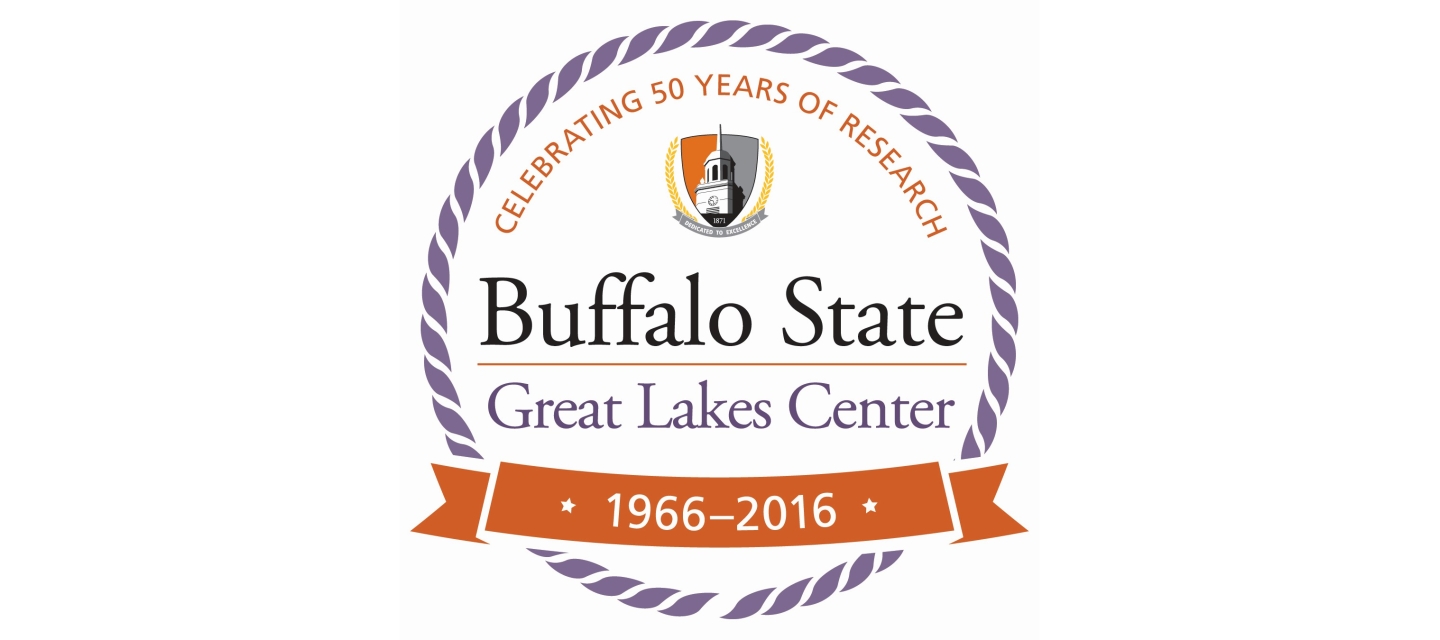
In 2016, we celebrated 50 years of research at the Great Lakes Center. The Center’s research started in 1966 when Dr. Howard Sengbusch established the Great Lakes Laboratory. Dr. Robert Sweeney became the first director of the Great Lakes Laboratory and laid the foundation for 50 years of environmental research, teaching, and education at Buffalo State University. Today the Center is a multidisciplinary research, education, and service institute with a primary focus on the Great Lakes. We are committed to providing the best possible science for understanding the physical, chemical, biological, and social dimensions of the Great Lakes and their watersheds. The Great Lakes Center is the only institution in the SUNY system with a field station on the Great Lakes, and a large fleet of research vessels. In addition to 11 full time employees, GLC actively collaborates with over 80 scientists from other departments at Buffalo State, universities, research centers, state and federal employees within New York State, nationwide, and internationally. Beginning in 2013, two graduate programs in Great Lakes Ecosystem Science (GLES) have been hosted by the GLC.
Great Lakes Laboratory
Dr. Robert Sweeney
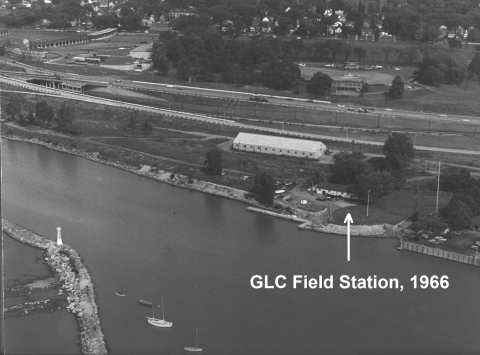
When the Great Lakes Center was founded 50 years ago, the timing was ripe: the Great Lakes were in rough shape, Lake Erie was pronounced dead and rivers were so polluted that they caught on fire. Public sentiment was changing as the environmental movement began. In 1965, Congress formed the Federal Water Pollution Control Administration, which later became the Environmental Protection Agency, and in 1966 the states surrounding Lake Erie agreed to set pollution abatement goals.
Buffalo State had been looking for a waterfront laboratory since 1960. In 1966, SUNY finally authorized the formation of the Great Lakes Laboratory (GLL) at the site of an old Sea Scout camp on Porter Avenue, near the confluence of Lake Erie and the Niagara River. Dr. Howard Sengbusch, Dean of Arts and Sciences, was instrumental in the formation of the GLL before it was handed over to our first director, Dr. Robert Sweeney.
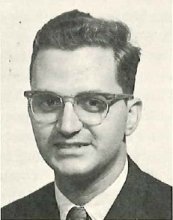
Dr. Sweeney was director of the GLL from 1966-1981 and laid the foundation of our Great Lakes program. During that time, our research focused heavily on water quality testing in the Buffalo River and monitoring the effect of nutrient abatement programs in the Great Lakes and their tributaries. We participated in numerous research projects throughout the Great Lakes including the International Field Year on the Great Lakes (IFYGL), which is something we continue to be involved with (most recently in Lakes Erie, Michigan, and later this year in Lake Superior). Although we started out with only having space at the Field Station, the GLL grew to include lab and office space on campus.
We had several boats during this timeframe, including some Boston Whalers and an amphibious truck. The 32' Great Lakes Cruiser was in use from 1967-1970. After that, we had the R/V C.A. Dambach, a 65' T-boat that had been built during the Korean war. The Dambach operated from 1970-1982, and was piloted by Captain Barry Wech.
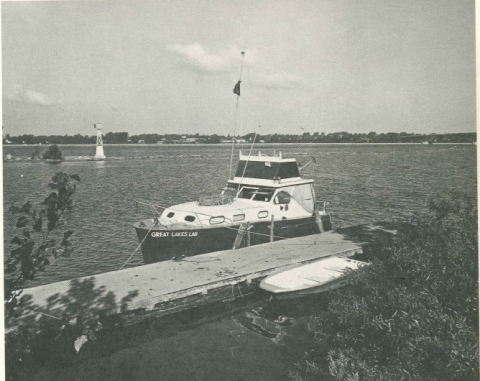
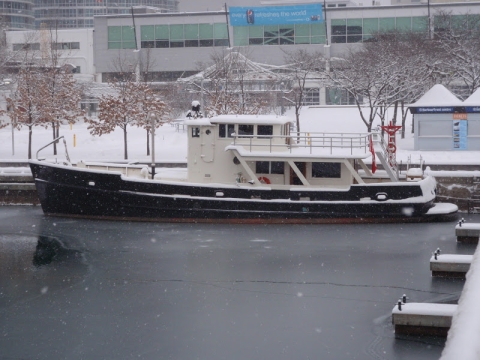
Left: Great Lakes Cruiser stationed at the Field Station in the 1960s. Right: R/V C.A. Dambach in 2014, when it was a live-aboard boat stationed in Toronto. (credit: http://lifesquaredaway.ca)
Rise of the Environmental Toxicology and Chemistry Laboratory
Dr. Harish Sikka
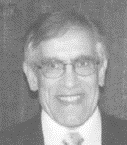
Our second director was Dr. Harish Sikka (1982-1987). Dr. Sikka established the Environmental Toxicology and Chemistry Lab (ETCL), a program that focused on toxicology, environmental contaminants, and mechanisms of carcinogenesis. Instead of testing just for the presence of chemicals, they were interested in their fate in the environment, how long they persisted, and whether they were affecting fish. During Dr. Sikka’s time as director, Dr. James Spotila served as associate director of fisheries and ecology with the GLL, studying fisheries in the Buffalo River, Lake Erie, and the Niagara River. Dr. Spotila helped create an artificial reef in Buffalo’s Outer Harbor to enhance recreational fishing. After Dr. Sikka’s tenure as director was over, he continued as the director of the Environmental Toxicology and Chemistry Lab until the early 2000s.
In 2016, the last member of the ETCL retired, ending this chapter of GLC history.
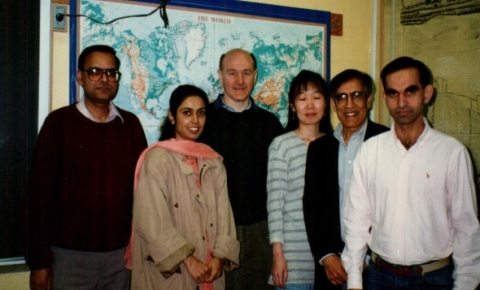
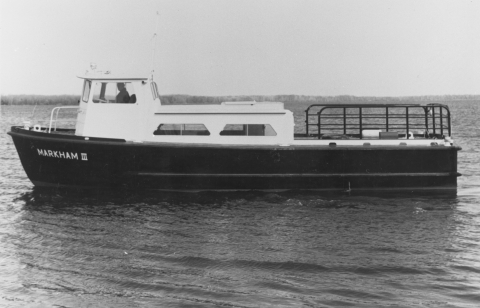
Left: Members of the ETCL stand with a visiting scientist after a lecture in 1996. Dr. Subodh Kumar is on the left, and Dr. Harish Sikka is second from the right. Right: In the 1980s, the U.S. Army Corps of Engineers loaned us the R/V Markham III, a 37’ tender. (credit: Dredging Operations Technical Support Program Historic Dredging Photos)
Center for Environmental Research and Education
Dr. Charles Beasley
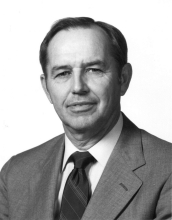
From 1988-1992, Dr. Charles Beasley lead the GLL, which was renamed to the Great Lakes Center for Environmental Research and Education (CERE). The goal of CERE was to involve more campus departments in our work. Four divisions were created: Environmental Toxicology and Chemistry, Aquatic Biology, Water Resources Management, and Environmental Education. These divisions were made up of CERE staff as well as affiliates in other departments.
In 1991, a grant was obtained from the National Science Foundation to renovate the Field Station. The renovation nearly doubled the size of the building and also included substantial improvements to the boat launch and shoreline. The greatest improvement was our sophisticated water system and wet labs that allowed us to host a variety of experiments using lake or city water held at three different temperatures in a flow-through or recirculating arrangement.
We also hosted the U.S. Fish & Wildlife Service’s Lower Great Lakes Fisheries Resources Office on campus and at the Field Station for a few years before they moved to an office in Amherst, NY.
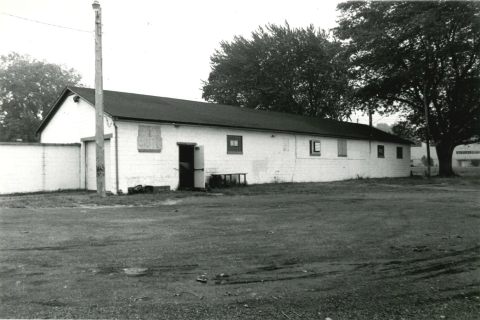
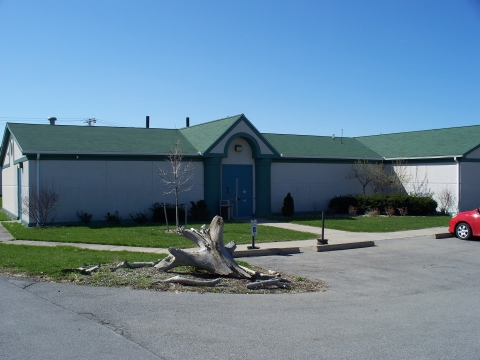

Left: An old photo of the Field Station as it appeared before the renovation. Right: The building as it appears now. A second wing was added and the layout of the rooms was changed. The building is now T-shaped with the majority of the laboratories in the new wing, and the offices and garage in the old wing.
The R/V Hutchinson, a 42’ Chris Craft Commander in use from the late 1980s until 2001.
Great Lakes Center
Dr. Stephen Brandt
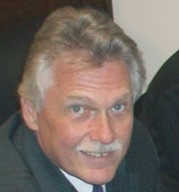
Dr. Stephen Brandt (1994-1997) was the first full-time director. During this time, CERE was named the Great Lakes Center (GLC), the name we still use today. The divisions of CERE were no longer in place but there was still strong involvement from our affiliates on campus, some of which served terms as associate directors of research, education, and community service and outreach. Our research was focused on fisheries ecology, bioenergetics modeling, and hydroacoustics, some of which took place on Chesapeake Bay. Research also continued at the Environmental Toxicology and Chemistry Lab. In 1995 we started the Multidisciplinary Graduate Program Option in Great Lakes Environmental Studies. In conjunction with the University at Buffalo, we hosted the 40th Annual Conference on Great Lakes Research (IAGLR) in 1997. Finally, during this time our first website was built and newsletters were routinely published.
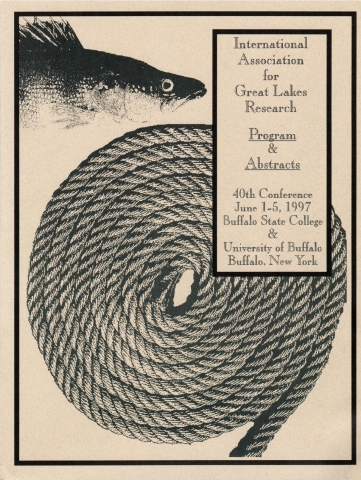
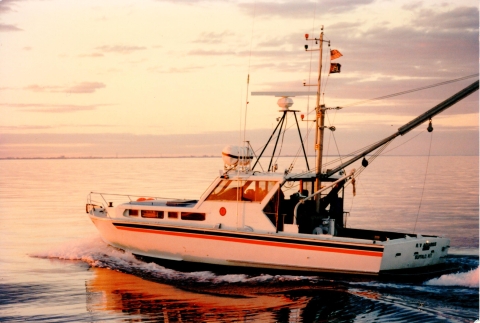
Left: The cover from the IAGLR conference hosted by the Great Lakes Center and UB in 1997. Right: The R/V Aquarius, a 40' steel-hulled vessel that was used from 1996 into the early 2000s.
Dr. Gordon Fraser
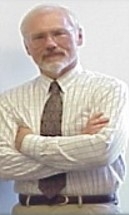
Dr. Gordon Fraser was director of the GLC from 1998-2007. There was renewed interst in doing biological assessments and water quality investigations in the Buffalo River. Another area of focus was on combined sewer overflows (CSOs) as a source of pollution in the Buffalo River, Niagara River, and Black Rock Canal. We participated in many outreach events such as Waterfest 2000 at Erie Basin Marina in Buffalo, NY. We built the Dick Smith Teaching Pavilion at the Field Station in 2006, a seasonally available classroom for classes, workshops, and departmental meetings. During this time, we also hosted the Center for Great Lakes Environmental Education. Dr. Fraser retired in 2007.
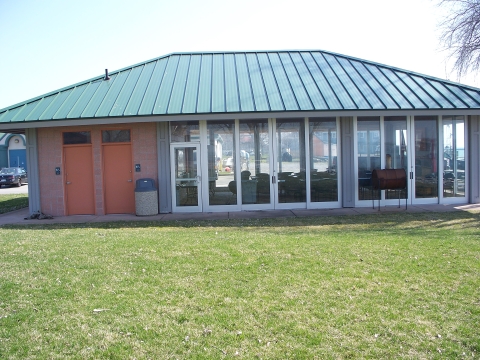
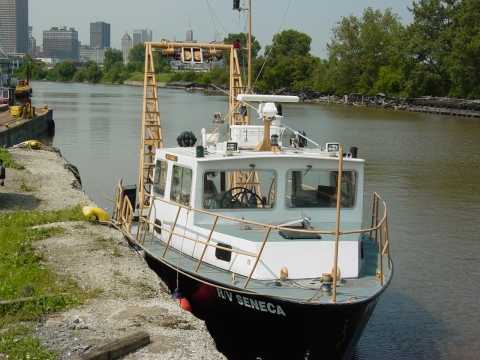
Left: The Dick Smith Teaching Pavilion, a seasonal space for classes, workshops, or campus meetings at the Field Station. Right: The 46' R/V Seneca, a former Coast Guard buoy tender that was used extensively from 2001-2010.
Today
Dr. Alexander Karatayev
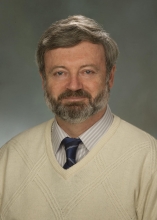
The current director of the GLC is Dr. Alexander Karatayev, who joined the Center in 2007. Our current research focuses on invasive species of mussels, zooplankton, and fish; protecting and enhancing habitat for native species such as lake sturgeon, emerald shiners, and unionid mussels; nutrient studies on Lake Ontario and Lake Erie; long term monitoring of water quality and benthos in Lake Erie and across the Great Lakes, as well as a monitoring buoy on Lake Erie. We now have two graduate programs, an M.A. and a M.S. in Great Lakes Ecosystem Science. The GLC also hosts the WNY PRISM on behalf of the NYS DEC.
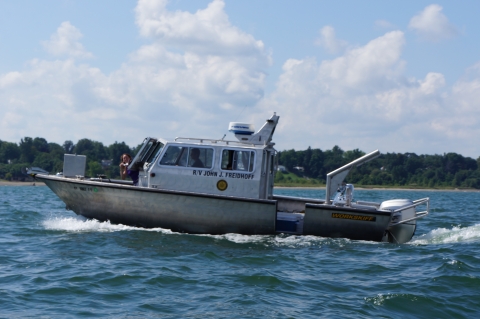
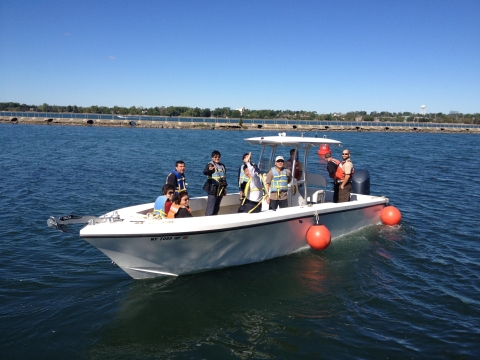
Left: The R/V John J. Freidhoff, a 27' aluminum-hulled boat named after a former field station manager. Right: The 28' Privateer, a fiberglass-hulled boat often used for classes.

